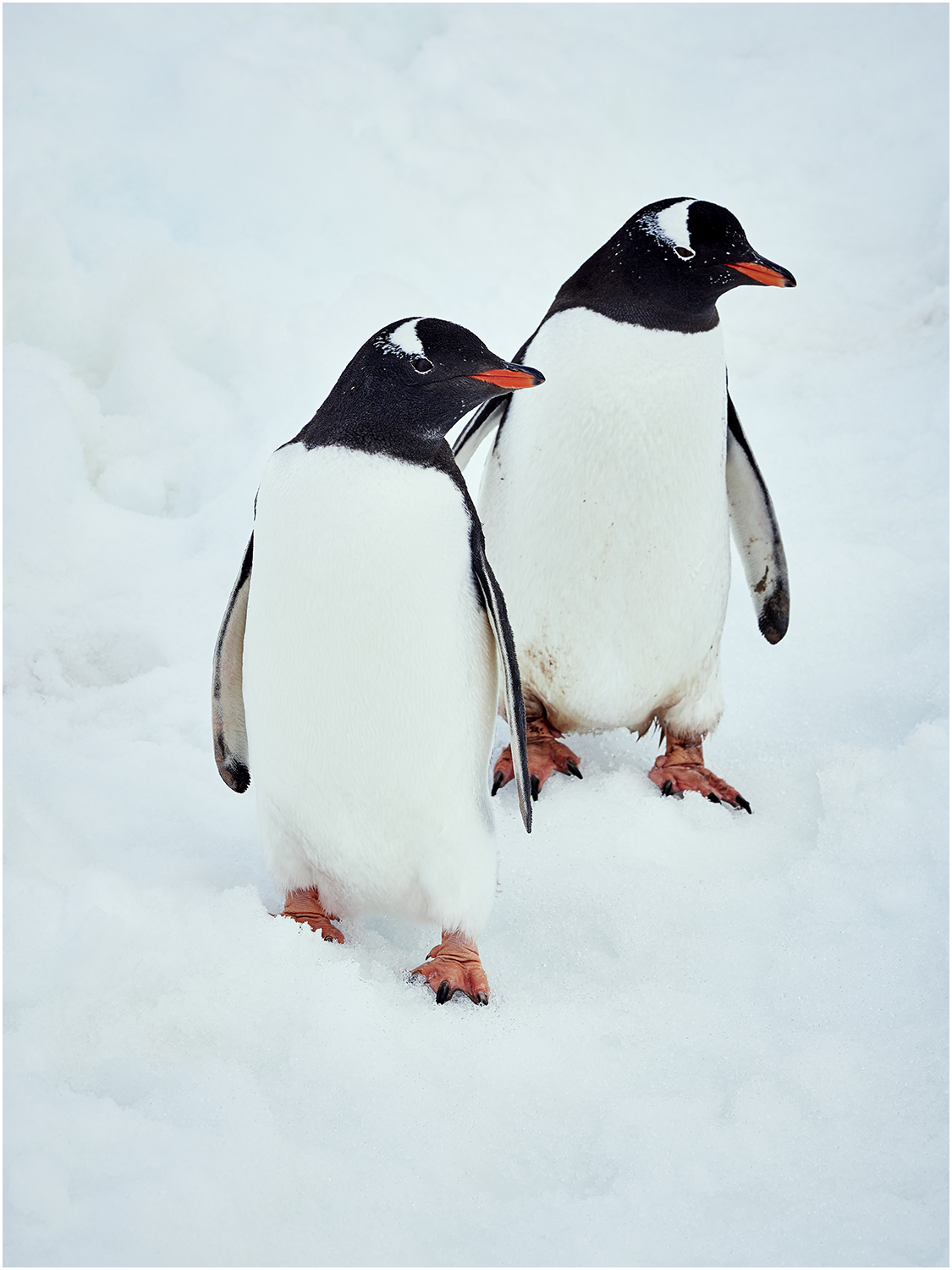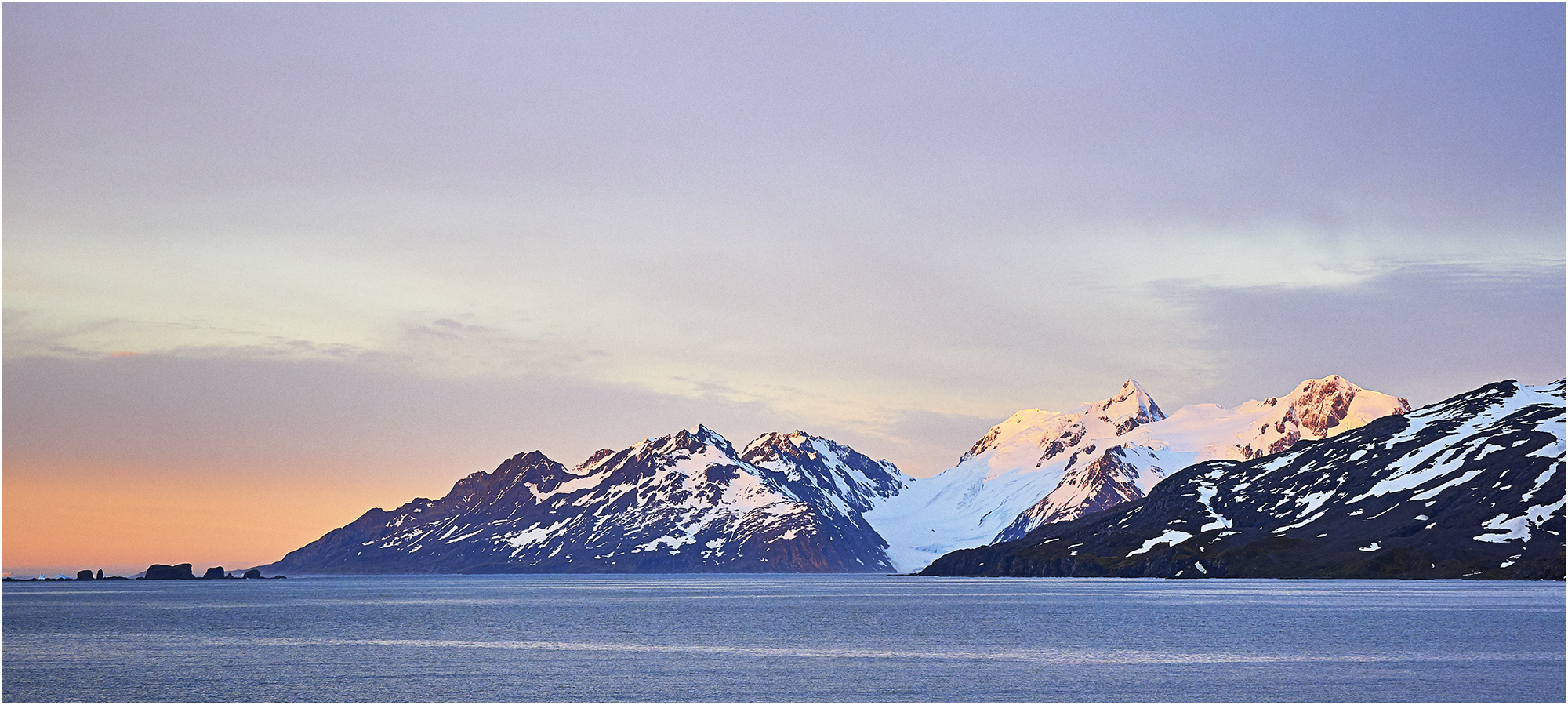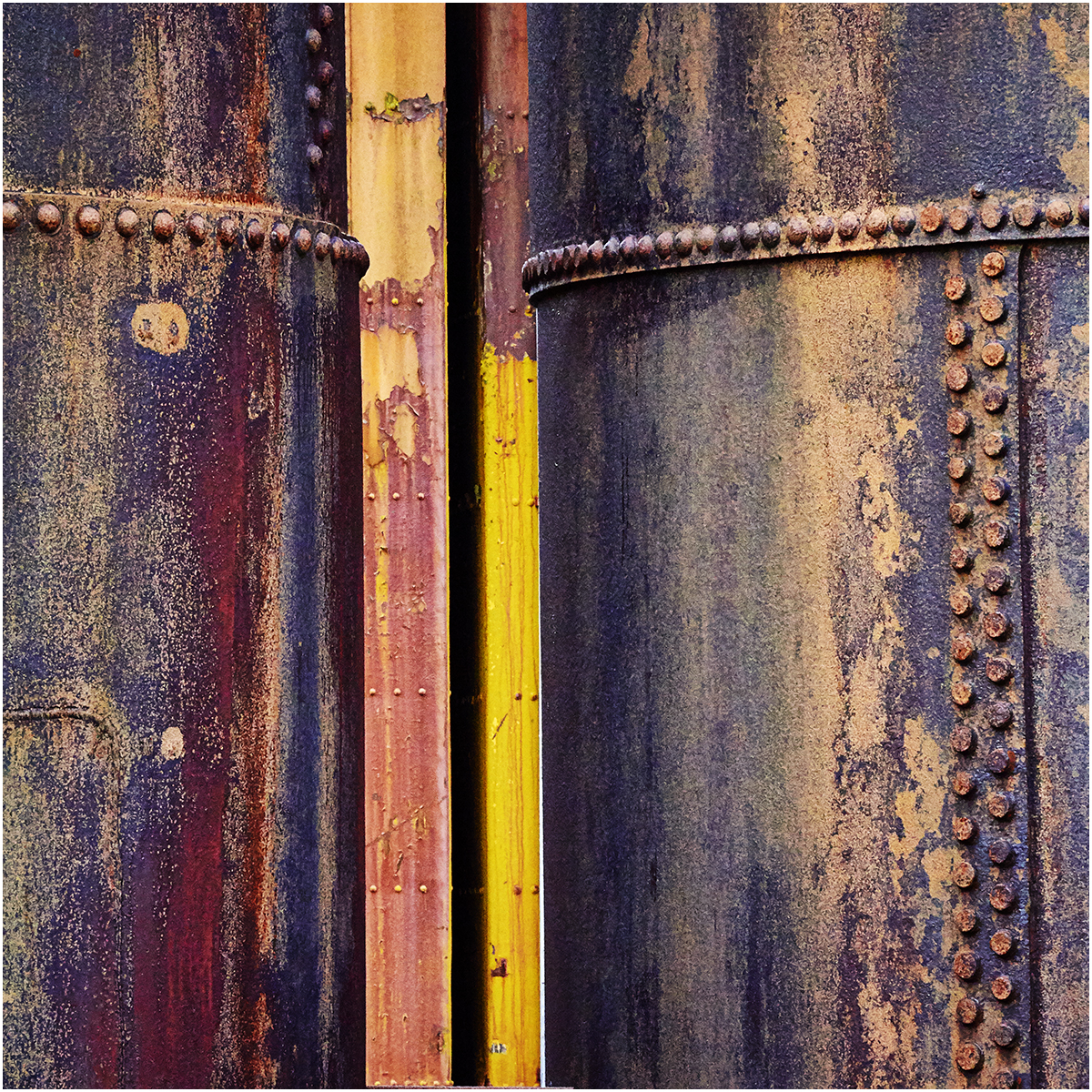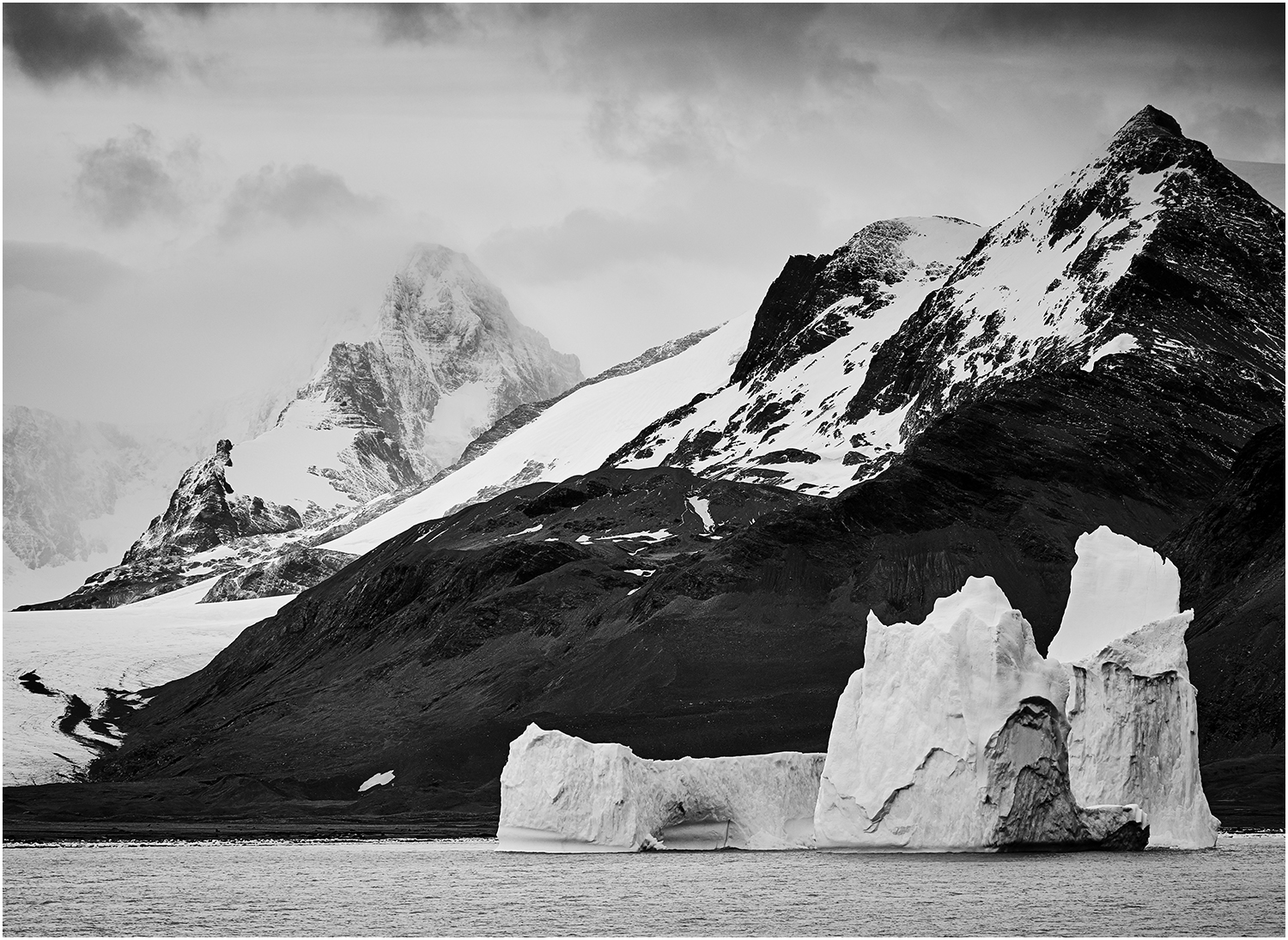The Olympus OM-Ds in Antarctica
The Expedition
In November 2016 I had the pleasure of being an instructor on a Luminous Landscape workshop to South Georgia & Antarctica. Both locations have been on my bucket list for some time so to have the opportunity to get to see & photograph these incredible landscapes was too good to be true.
The itinerary for the trip meant that we were to spend nearly three weeks sailing to various locations on South Georgia and then on to the Antarctic Peninsula. It would involve a lot of shooting from a moving ship followed by regular landings (travelling to & from shore in a rubber zodiac) on shore to photograph the landscape and the wildlife. We also scheduled in zodiac cruises around some of the iceberg filled bays that we would encounter on the journey.
The Equipment Choices
I agonized for weeks about how much and which bits of kit to take with me. Given that this might be a once in a lifetime opportunity I wanted to make sure I had all the bases covered – from wide angle landscapes to telephoto shots of wildlife. I also knew that I’d be operating in a pretty extreme environment – both in terms of wet conditions (sea spray, rain and snow) and cold temperatures – and had to take this into account. These factors led me towards my Olympus system.
In the end I took three OMD bodies – 2 E-M1s and thanks to Olympus UK an E-M1 Mkii (at that time not available in the shops) fitted with the new 12-100mm Pro zoom (the two E-M1s had 7-14mm and 40-150mm Pro zooms attached). In a small & relatively lightweight package I had most options covered without the need to change lenses (an important consideration in the prevailing weather & environmental conditions).

I also kept accessories to a minimum. I took ‘B&W’ branded screw in UV, polariser and ND filters (kindly supplied by Manfrotto UK) for the two longer lenses forsaking my normal collection of Lee ND, ND grad and polarising filters. My thinking behind this was that the screw in filters would allow me to use the Olympus lens hoods and these, I assumed, might be helpful in keeping rain, snow and spray off the front of my lenses (an assumption that proved to be correct).
I also decided to leave the tripod at home. As an habitual tripod user this was the hardest decision to make but the need to keep weight to a minimum and the fact that most of our shooting would be done from the vibrating deck of a ship or a moving zodiac it was a sacrifice I was (reluctantly) prepared to make. And I was also hopeful that the improved IS on the E-M1ii coupled with the 12-100mm Pro lens would enable me to continue shooting in circumstances where I would have normally relied on my tripod.

All of my camera gear fitted into my favourite backpack – the MindShift Rotation Pro 180 for transportation whilst travelling to & from Argentina. When I was shooting on location (because space in the zodiacs was limited) I used a smaller shoulder/waist pack that enabled me to take 2 bodies and 2 lenses.
With my laptop (a 13″ MacBook Air), two back up hard drives, chargers and Ipad loaded into a Think Tank ‘My 2ndBrain’ briefcase I was ready to go.
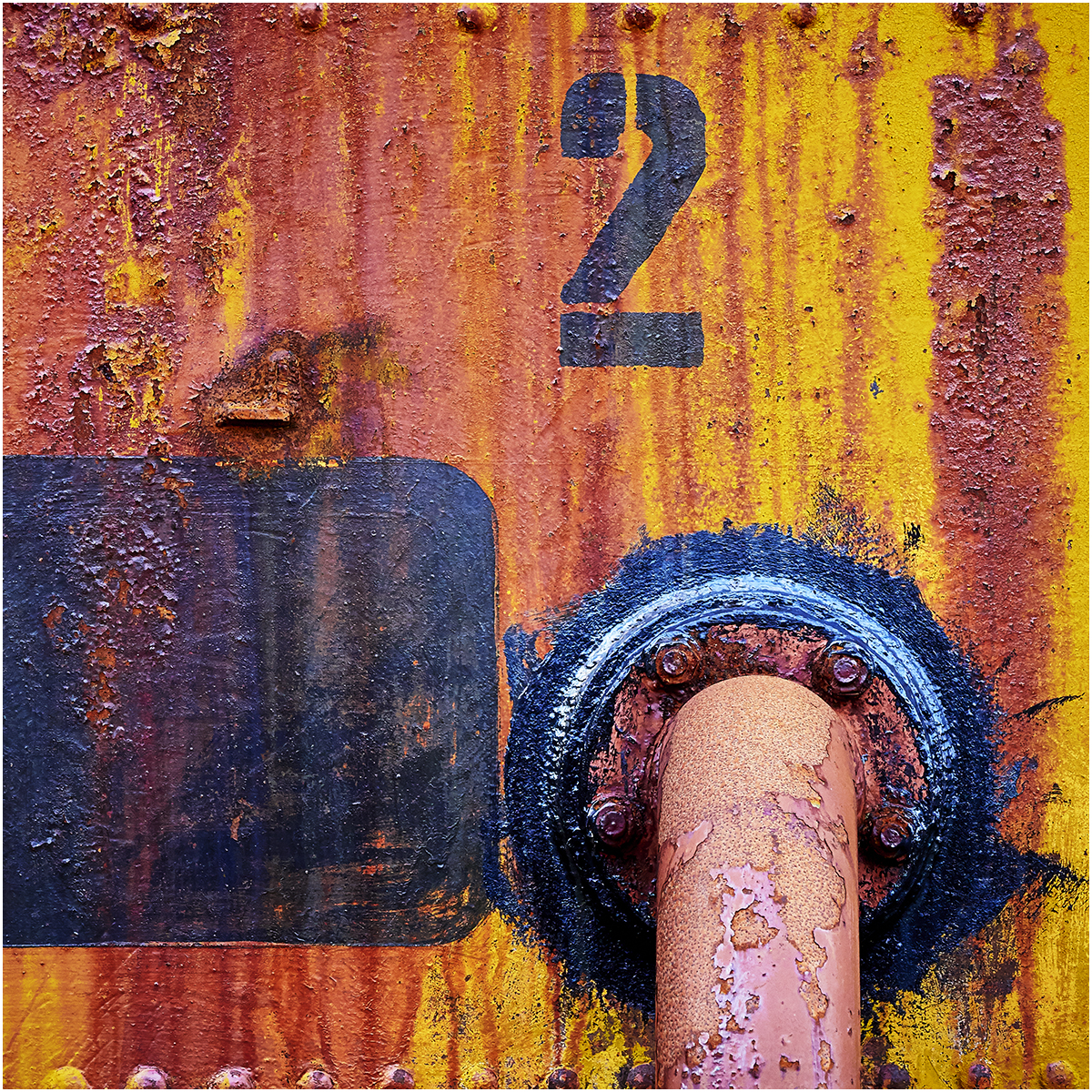
Shooting on Location – the Photographic Challenges
Researching on the internet and talking to photographer friends who’d been to this part of the world before prepared me for what I might find to photograph and also some of the challenges I might encounter along the way.
The anticipated damp & cold conditions proved true to expectations and most of the time, when shooting from the ship’s deck or on land, I wore 7 layers of clothing (several warm layers topped by waterproof jacket and leggings) to keep out the elements. I did take rain jackets for cameras and lenses but rarely used them, relying instead on the weatherproofing of the OMD kit to keep it working. And I’m pleased to say that none of the cameras let me down.

Shooting from a moving ship or zodiac proved to be a challenge not least in ensuring that horizons remained level. The OMDs built in level was a Godsend here. The IS system and selecting higher ISOs when required helped to counteract any detrimental effects associated with the movement of my shooting platform and not one image was spoilt by unintentional blurring. I have to say that I was very impressed by the IS capabilities of the E-M1ii plus the 12-100mm Pro zoom.
The ease of use of the OMDs also made it easy for me to work quickly. This was important – for example when shooting from a moving ship/zodiac I had to frame the image and get the shot in one go; there was rarely the opportunity to reshoot.

The new 12-100mm Pro zoom lens was also a contributory factor here. It was the lens I used the most on the trip – the ability to photograph wide angle landscapes one minute and close up portraits of wildlife the next was incredibly useful. It’s an ideal one lens landscape/travel photography solution for me.
With a trip like this image security is a vital consideration – more so than usual as it’s not easy or cheap to go back! At the end of each day I backed up my images onto my laptop with copies made to two separate hard drives. I also took enough memory cards to ensure that I could keep all images on the cards as well. Belt and braces I know but the thought of losing an image was my worst nightmare.

On returning home the images were transferred to my desktop computer and a backup hard drive before being processed using Capture One (my RAW file processor of choice) and Adobe Photoshop to produce the final images.
In Conclusion
I’m pleased with the quantity and the quality of the images I took – landscapes, wildlife, ice abstracts, the colours and textures of rust, the colour of the sea & sky. I’m hoping that I can get a book of the images published in 2017 (and possibly even an exhibition).
As for my equipment choices? I’m pleased to say that on the whole I made the right decisions. It would have been good to have had the Olympus 300mm f4 lens with me for some more intimate wildlife shots or tightly framed landscapes but other than that I have no regrets. All camera bodies and lenses performed faultlessly.

The E-M1ii in particular was a joy to use and viewing the files at 100% on my 27″ monitor reveals an incredible level of detail. Having seen the quality of the files produced I believe it to be the best OMD yet. I was also very impressed by the 12-100mm lens. I’ve used all the Olympus primes and all the Pro zooms – and the optical quality has never disappointed but the 12-100mm seems to be a step up again, giving crisp, detail rich images.
And finally I’d say to anyone, if you get the chance to go to Antarctica then take it – even if it means remortgaging your house to do so. It was undoubtedly the trip of a lifetime. Antarctica is one of those places that gets under your skin – it captures your heart and your imagination, pulling you back. I can understand now why people keep returning in spite of the enormous cost involved. And I’m pleased to say that I’m due back there in February 2018 to be an instructor on another Luminous Landscape workshop. I can’t wait!
JOIN OUR FACEBOOK GROUP
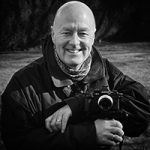
Steve is a professional photographer who specialises in producing creative & contemporary landscape and travel images. His photographs have been published internationally illustrating posters, cards, books, magazines, newspapers & calendars. His fine art prints have been widely exhibited and have also appeared on sets for both theatre & film productions.
He enjoys writing & teaching about photography and frequently gives talks on landscape photography to photographic groups in the UK and abroad. He has run a successful workshop programme for several years in locations across the world from Iceland to Antarctica, encouraging and inspiring photographers of all levels. Steve is an Ambassador for Olympus, Manfrotto/Gitzo tripods & Permajet inkjet papers.



